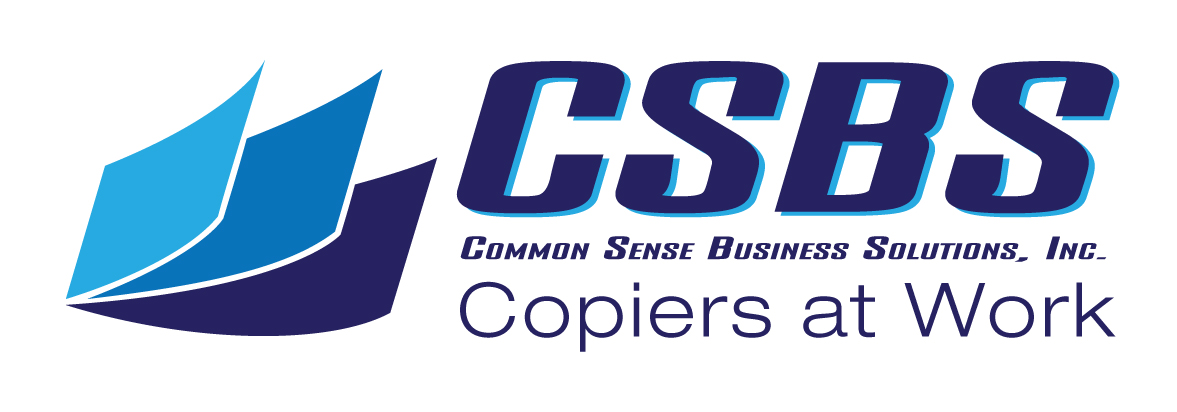Every smart business strives to cut costs and operate as cost-effectively as possible. But this doesn’t always show up in the big purchase decisions. In fact, most of the savings in a typical company come from a myriad of smaller, day to day choices.
Conversely, most of the excess expenditures comes from a myriad of smaller costs. And you might say that most businesses suffer an unnecessary loss of profitability because of the cumulative impact of these smaller costs.
You might call it “cash flow death by a thousand cuts.”
Paper Ain’t Cheap!
 Forgive our grammar here for a moment as we emphasize one of the biggest supply or material costs in many businesses. There are costs for the paper, costs for handling paper, and costs for storing and transmitting paper. And it all adds up!
Forgive our grammar here for a moment as we emphasize one of the biggest supply or material costs in many businesses. There are costs for the paper, costs for handling paper, and costs for storing and transmitting paper. And it all adds up!
Here’s a breakdown from an article from InformIT,
“The typical U.S. office worker uses more than 10,000 sheets of paper per year, which is about 2 cases of paper per employee. With an average price of $40 for a case of standard copy paper, this is an $80 annual cost per employee. The cost of the paper is only about 10–11% of the lifecycle cost of that paper, according to a government study conducted by California’s Alameda County.
The main costs of office printing fall into copying, delivery, handling, storage, and retrieval of that paper, with copying costs at 33% and distribution costs at 56%, according to the Alameda study. Other studies show that for every dollar spent on printing documents, companies incur another $6 in handling and distribution of the paper.”
In actual dollars spent each year, this can be substantial. Take a typical company of 100 employees, for example:
- $80 spent on paper, per employee x $6 handling = $480 per employee
- $480 x 100 employees = $48,000 a year!
And somewhere in all that paper use is a great deal of waste. What is rarely tracked is how many sheets of paper end up in the recycling bin. (Because that’s what we do with waste paper, right?)
A rough estimate might be, say, 20 percent of the total paper used each year ends up being tossed. This could be because of mistakes, changes in plans or policies, paper jams in copiers and printers, or simply “junk” copies made for no real purpose and then tossed.
If this waste of paper could be eliminated, then that average annual cost could be reduced to almost $38,000 a year. And if legitimate office printing could be reduced through best practices, digitization, and elimination of superfluous forms and records, it’s conceivable that this volume could be reduced by as much as 40 to 50 percent.
These efforts would also generate cost-savings from reduced storage and decreased hours spent handling and distributing paper.
Cost Savings on Office Printing
Some of the more common and familiar practices for saving costs on paper and office printing include:
- Printing on both sides of the paper when possible. This is often called “duplex printing” on your copier or printer. You can take this approach a step further by reusing old, one-sided copies that are no longer needed. Simply mark the “old” side with a line or a large “X” and then copy your new image on the blank side.
- This works best for copies only used internally. And that leads into the next tip – reuse old paper. Along with getting one more copy from a sheet of paper, you can use these for signs, scrap paper for taking notes or making lists, or even shred it and use the shredded paper for packing material.
- Old envelopes can be reused in a number of ways from organizing small desk items to storing old checks, pay stubs and other envelope-sized documents.
- When it comes to printing, opt for smaller fonts and narrower margins to maximize the amount of area you can print on one side of the paper. And, whenever it is feasible, use your copier’s “draft” mode for internal copies.
- A common practice is to print emails. However, the primary purpose of an email is to avoid paper use and storage needs. By saving emails and using an effective filing system, email can always be quickly accessed when needed without having to print a copy to carry around or refer to later.
Which leads us to another set of tips by going digital.
- Use a laptop or tablet away from your desk and work computer. This way you can access documents that are in your email or on your computer remotely. Also, any documents that you have created and saved as an MS Word doc, Google doc, or a PDF can be uploaded quickly and easily without printing.
- Use your computer, laptop or tablet to take notes, bookmark web pages and capture screenshots instead of simply printing copies. Avoid the habit of making copies of pages just to have an address or phone number.
- Internally, you can require that documents be shared online or via email only, when feasible. There are several online office tools that can be used for these functions so that documents can be shared, edited, and saved by coworkers, teams and even clients or customers, all without making paper copies.
- If you are already sending customers electronic invoices you are saving on paper, printing and postage. One more step is to eliminate paper copies for your internal records, as well, and simply file them electronically.
And be sure to always be backing up data and records!
Choose Your Print Management Service Wisely
Professional and high-quality print management service can provide a real-time notification system to prevent copier and printer breakdowns before they happen. In addition, the level of service, maintenance and support add up to long-term savings.
As a premier copier service provider in Sonoma County, Common Sense Business Solutions recommends using print management apps that we can customize them around your needs. This way, we know when to expect service and maintenance. Toner, ink, and parts can even be automatically ordered just as they’re due for replacement.
Copier downtime can be minimized, as well, which also adds to your overall office printing related cost savings.


